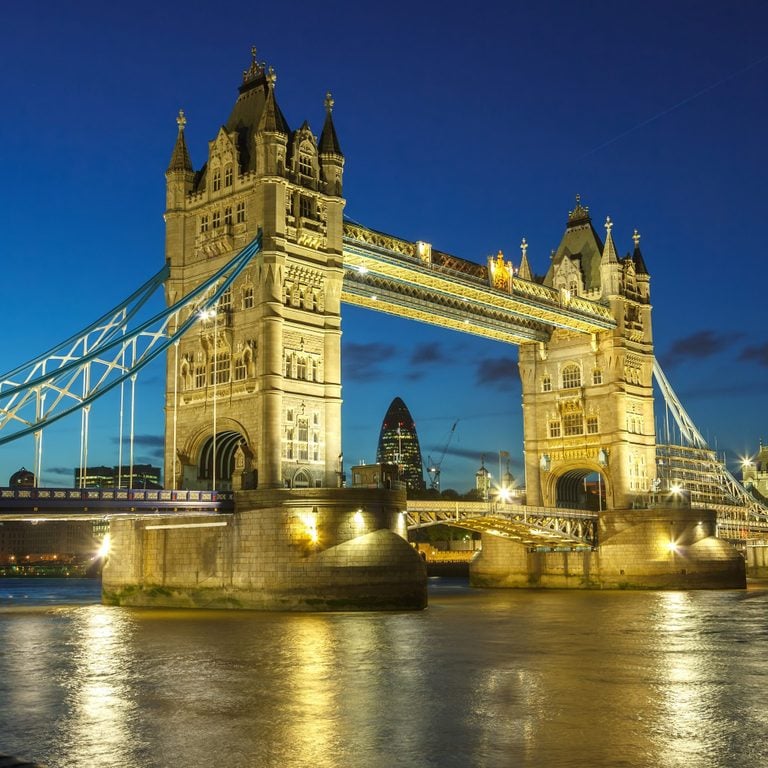
50+ Must-See London Attractions
It’s been nearly 250 years since Samuel Johnson uttered, “When a man is tired of London, he is tired of life”—but it rings true to this day. Indulge your inner Anglophile (and start planning your next trip) with our countdown of the top London attractions.

The Best Things to Do in Bonaire
This tiny island is so much more than a diving destination. Discover the Caribbean’s best-kept secret.

How to Make the Most of Japan
From Tokyo to Kyoto, you won’t regret booking a holiday in Japan. Discover our best travel tips.

The Movie-Geek’s Guide to New York City
Pay homage to NYC's quintessential movie moments with this list of must-see filming locations.

Top Bucket List Destinations in the World
The definitive list of countries that every Canadian should add to their itinerary.
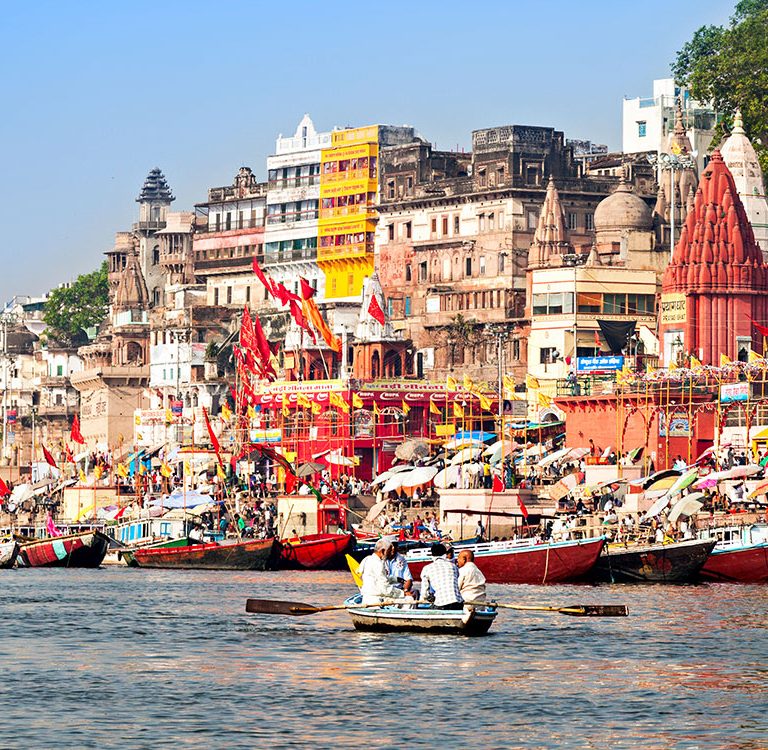
A Guide to Travelling to India for the First Time
Whether your dream is to visit the Taj Mahal or hike through the Himalayas, here's what you need to know.
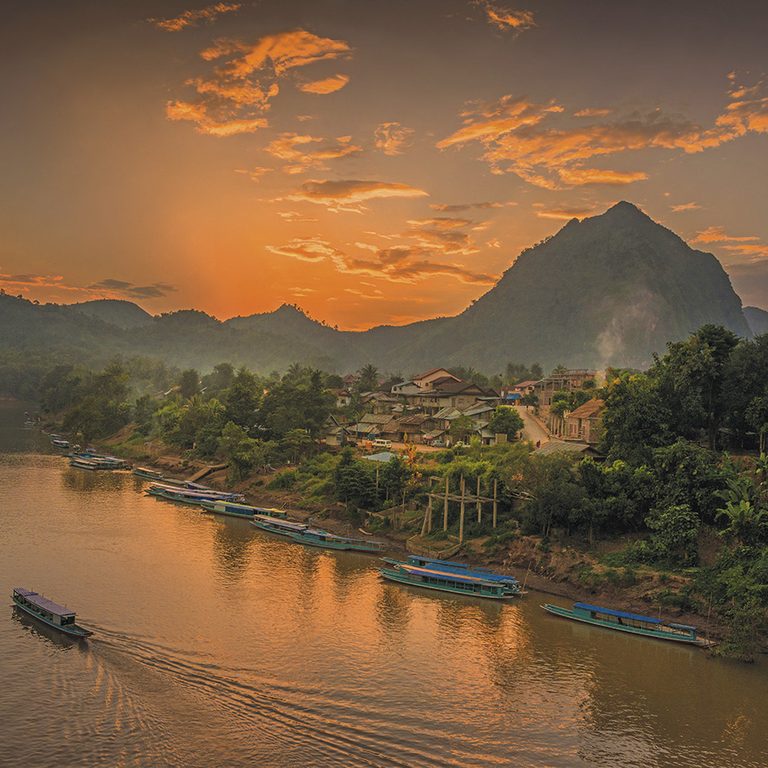
On a Trek to Northern Laos, Just Getting There Is an Adventure
Why take a high-speed train to northern Laos when you can take three days to do pretty much the same...
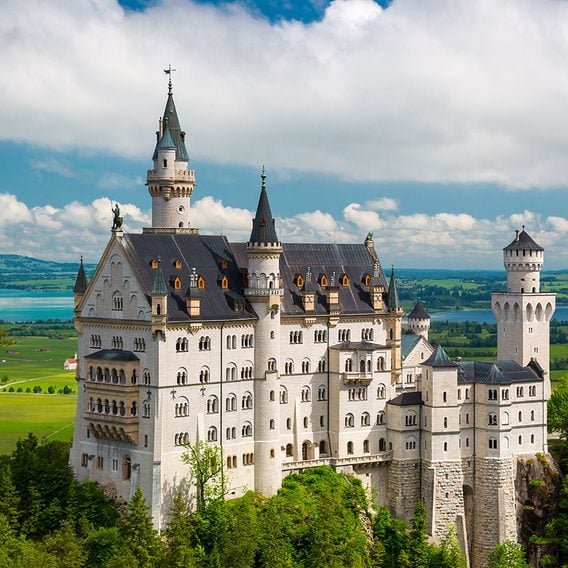
10 World-Famous Castles With Fascinating Histories
Every castle has a story to tell, but some landmarks possess a more colourful past than others. Strange architecture, flamboyant...
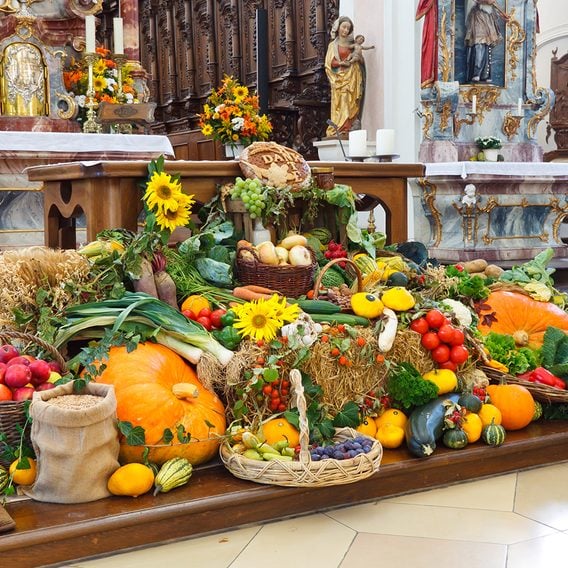
How Thanksgiving is Celebrated Around the World
Although we tend to think of Thanksgiving as a North American holiday, it turns out similar celebrations take place all...

The World’s 10 Greatest Hikes
Get ready to book your trail pass: these breathtaking hikes are worthy of every adventurer's bucket list.

Conquering Mount Pacaya
Who wouldn't "lava" hike up an active Guatemalan volcano?

This is the No. 1 Tourist Trap in the USA (Hint: It’s Not Times Square)
Two new studies identify the most overhyped and overrated destinations south of the border.

These Gorgeous Andalusian Gardens Will Have You Packing Your Bags For Spain
Touring the region's palaces, patios and paradise gardens was a great way to learn about Spanish culture.
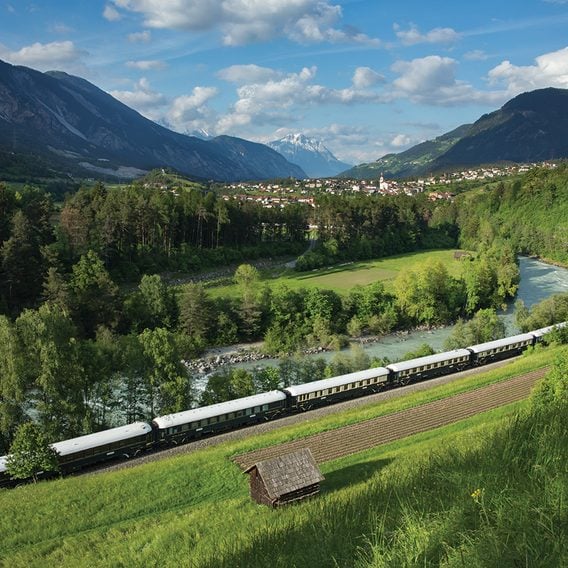
This is How Much It Costs to Ride the Real-Life Orient Express
...And more train facts that will awaken your inner rail enthusiast.
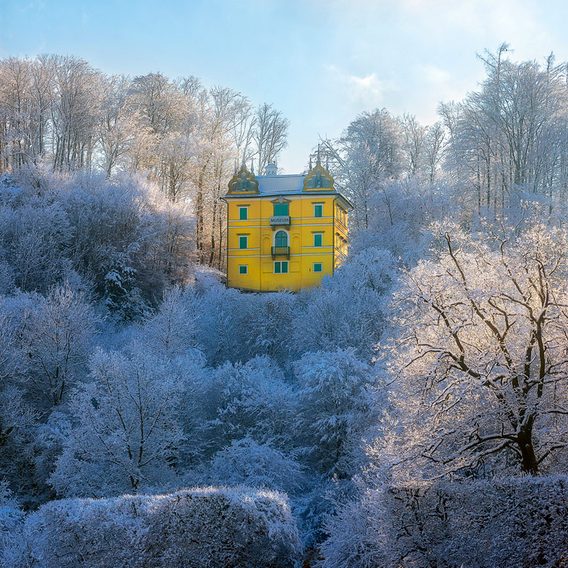
25 Stunning Travel Photos to Spark Your Wanderlust
Looking for travel inspiration? Grab your passport! We asked Canadian photographers to share their favourite shots from adventures near and...

A Road Trip to Van Diemen’s Land
For this B.C. retiree, the flight from Vancouver to Melbourne, Australia, was just the beginning of an unforgettable adventure.

The Terms “Please” and “Thank You” Don’t Exist in Danish
...But it doesn't mean Danes are lacking in manners! Don't miss our roundup of fascinating Denmark facts you didn't learn...

Secrets of the Royal Yacht Britannia
For more than 40 years, the Royal Yacht Britannia ferried the Queen, Prince Philip and their children around the world....

The World’s Most Bike-Friendly Cities
A casual bike ride can show you sides of a city not seen on foot and can transport you to...

The Grown-Up’s Guide to Universal Studios Hollywood
This iconic L.A. theme park isn’t just for kids. Check out the legendary attraction’s top draws for adults, and insider...

The Best Caribbean Beaches For Every Type of Traveller
So many beautiful beaches, so little vacation time! With each of these sun-soaked destinations boasting their own unique claim to...
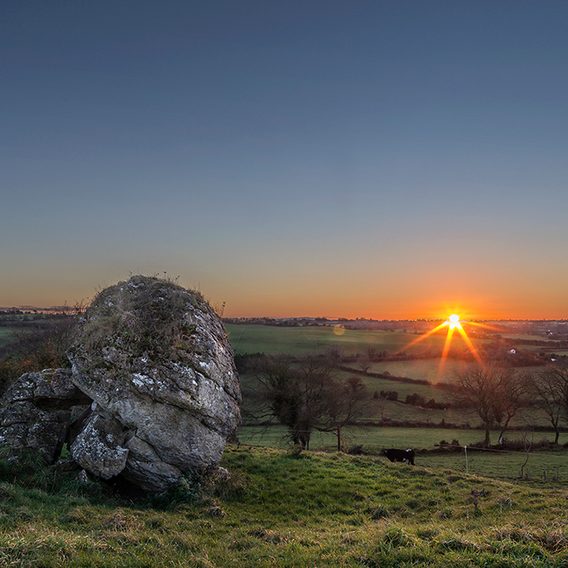
10 Hidden Gems of Ireland Worth Adding to Your Itinerary
Already kissed the Blarney Stone and sampled a pint at the Guinness Storehouse? There’s still so much of Ireland left...

The World’s Most Magical Places to Swim
Whether you're diving into the caldera of an extinct volcano or skimming along the top of crystal-clear waters, the world...
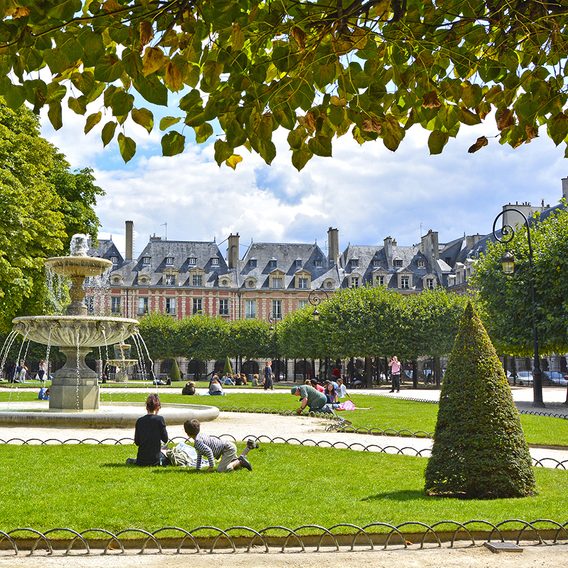
The Best Things to Do in Le Marais, Paris
Craving an authentic Parisian experience? There's no better place than Le Marais to lose yourself in the city's simple pleasures.

10 Places Worth Visiting for the Food Alone
France and Italy get all the glory, but there's so much more global cuisine to explore.
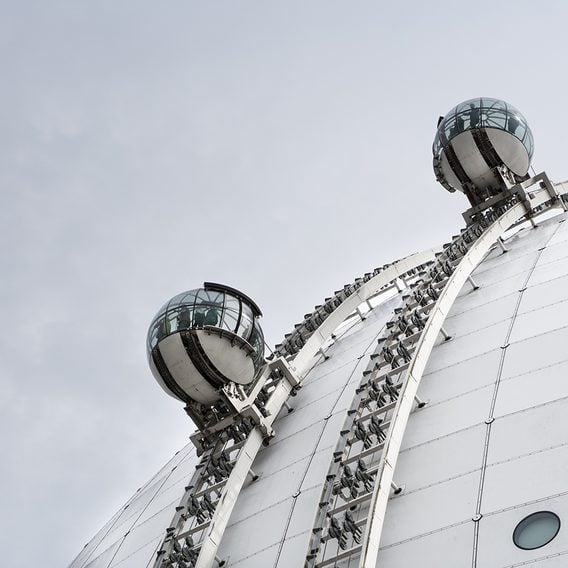
The World’s Most Thrilling Elevator Rides
These towering achievements are attractions in themselves.
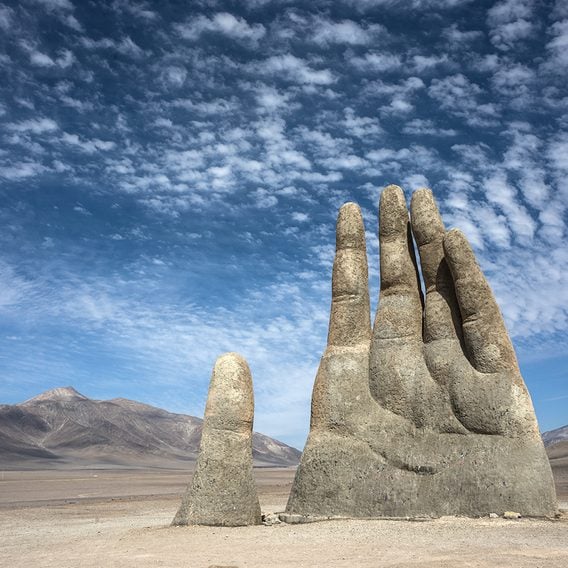
The World’s Strangest Landmarks
They may not enjoy the fame of the Statue of Liberty or the Eiffel Tower, but these quirky landmarks still...

10 Places to See Before They Disappear
Several of your dream destinations are in danger of disappearing...

The World’s 10 Greatest Museums
Boasting incredible collections of historical artifacts and priceless treasures of the art world, these iconic institutions will take you on...
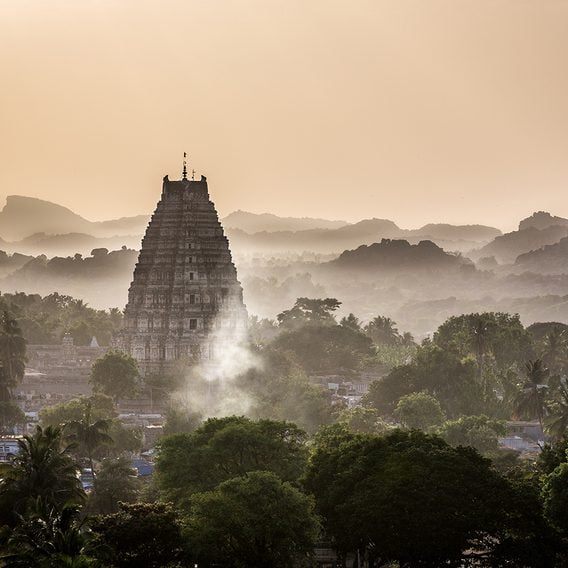
The World’s Most Breathtaking Forgotten Cities
Cities rise and fall, but centuries after being completely deserted, these archaeological sites manage to evoke a sense of awe.
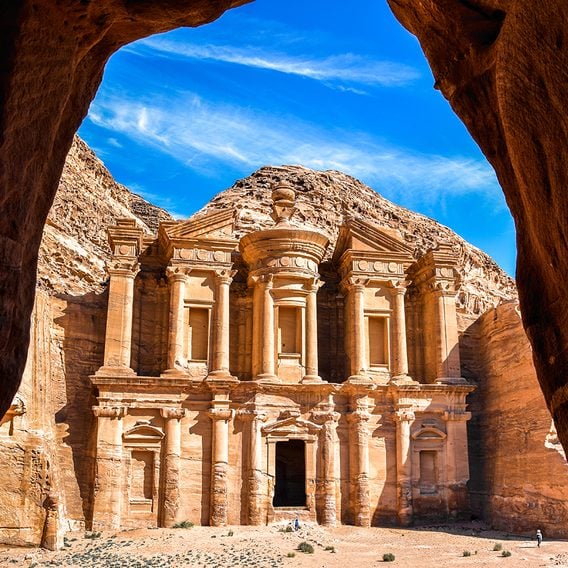
10 Architectural Wonders Of The Ancient World
These engineering marvels were built to last.